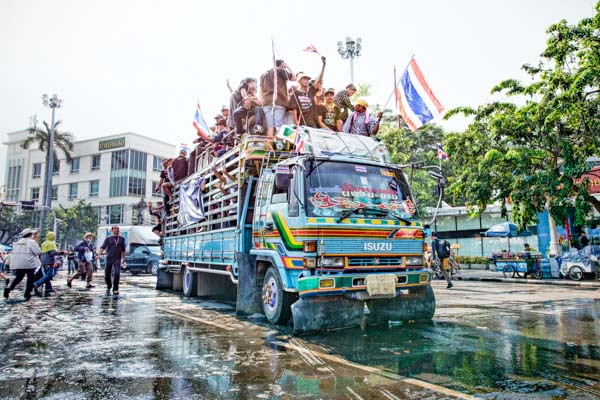Thailand is a favorite destination for travelers in Southeast Asia, especially for backpackers and digital nomads. Known for its stunning landscapes, affordable costs, and rich culture, it’s no wonder why so many choose to start their adventures here. Whether you’re strolling through the busy streets of Bangkok or relaxing on Phuket’s sandy beaches, Thailand has something for everyone.
If you’re a digital nomad, finding a good balance between work and travel is vital. This guide will help you explore Thailand by bus and train while staying productive.
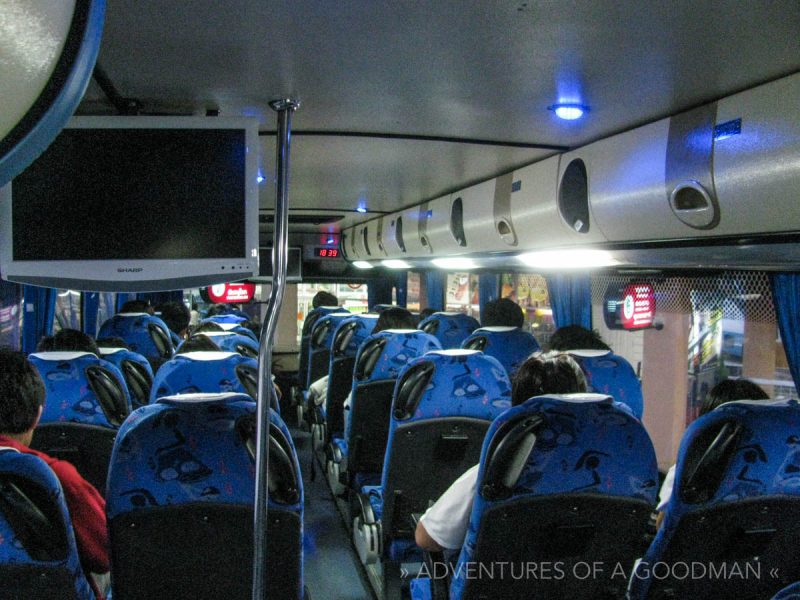
Traveling by Bus in Thailand
Buses are a popular, affordable mode of transportation across Thailand. They allow you to move freely between cities and rural areas, often at a fraction of the cost of flying.
There are three main bus terminals in Bangkok:
- Ekkamai Station: Located on Sukhumvit Road, this station serves the Eastern region of Thailand.
- Mo Chit Station: A central hub for buses traveling to the Northeast, Northern, and Central parts of the country.
- Sai Tai Mai Station: Primarily serves destinations in Southern Thailand.
To get to Phuket by bus, train, or ferry ranges from basic, budget-friendly options to VIP buses with reclining seats and air conditioning. You can choose a bus that fits your budget and comfort level. Traveling by bus gives you the freedom to explore.
Planning Your Train Adventure in Thailand
Thailand also has a great train network that connects major cities like Bangkok, Chiang Mai, and Ayutthaya.
It’s not only affordable but also offers beautiful views along the way. For digital nomads, trains with Wi-Fi make it easier to work while on the move.
Choosing the Right Class
Thailand’s trains offer different levels of comfort:
- First-Class: Private, air-conditioned compartments—ideal for working without interruptions.
- Second-Class: Air-conditioned seats that are comfortable for longer trips. It’s a good balance between comfort and affordability.
- Third-Class: The cheapest option, but with minimal comforts.
It’s smart to book tickets in advance through Bookaway, especially for long-distance routes. You can book online, at the station, or through travel agencies.
Staying Connected
A solid internet connection is a must for digital nomads. Although some trains offer Wi-Fi, it’s not always reliable.
Make sure to get a local SIM card with a good data plan. AIS and TrueMove are popular options with good coverage in most parts of the country
Balancing Work and Exploration
Traveling by train gives you a chance to balance work with exploration. You can easily plan your schedule so that you’re productive during the journey and can relax once you arrive. Many train routes also offer beautiful scenery, making it easy to enjoy the view while handling tasks that don’t require constant internet access.
For example, if you’re traveling to Chiang Mai, you can get some work done on the train and then spend your free time exploring the city’s temples or beaches in Hua Hin. With the right planning, you can manage both work and play.
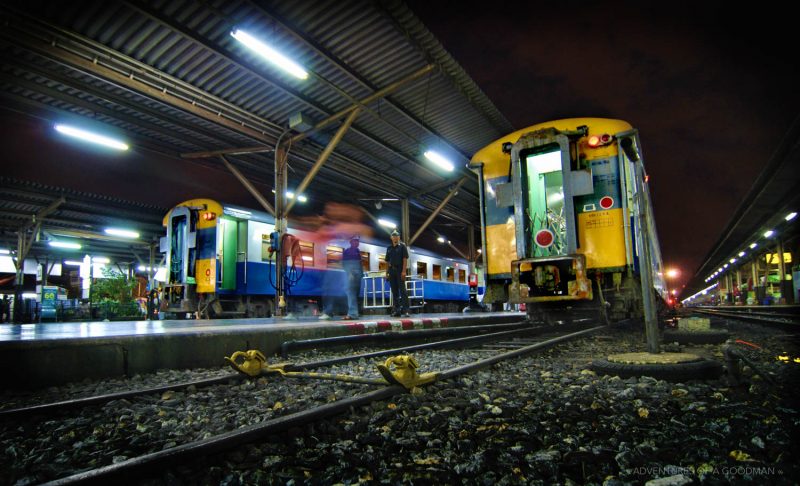
Must-See Destinations Along the Train Routes in Thailand
Exploring Thailand by train opens up a world of possibilities for digital nomads. Not only can you balance work and travel, but you also get the chance to immerse yourself in Thailand’s rich culture and history.
Bangkok: The Capital City
Start your journey in Bangkok, a vibrant city where modernity meets tradition. In Bangkok, you can explore iconic sites like the Grand Palace and Wat Arun. For digital nomads, there are also plenty of coworking spaces such as The Hive, where you can work in a productive environment while enjoying the city’s energetic atmosphere.
Chiang Mai: A Digital Nomad Centre
Chiang Mai is a popular destination for digital nomads. Located in Northern Thailand, it’s known for its rich history, temples, and affordable living. As a digital nomad hub, the city offers numerous coworking spaces like Punspace, making it easy to stay productive while enjoying the local culture.
Chiang Mai’s affordable cost of living, combined with its vibrant community of digital nomads, makes it a must-visit destination. You can get your next ticket to this location on Bookaway.
Ayutthaya: Thailand’s Historical Gem
Ayutthaya is a UNESCO World Heritage site filled with ancient temples and ruins. It’s a great place for a quick day trip, to familiarize yourself with Thailand’s cultural heritage and stay connected through portable internet solutions. Work in the morning, then spend the afternoon exploring this historic gem.

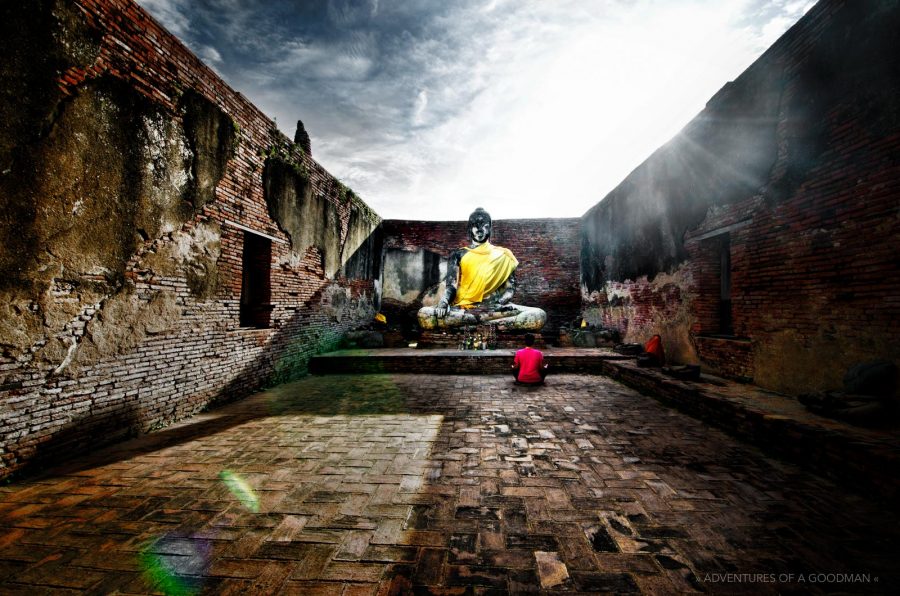
Understanding the Train Network
Thailand’s train network is operated by the State Railway of Thailand (SRT) and connects major cities and rural areas. Key routes include:
- Bangkok to Chiang Mai
- Bangkok to Surat Thani
- The Eastern Line to Pattaya
There are four main types of trains:
- Ordinary: Basic, with stops at most stations.
- Rapid: Slightly faster, with fewer stops.
- Express: Quicker journeys with fewer stops.
- Special Express: The fastest and most comfortable option.
How to Get to Phuket
Phuket, Thailand’s largest island, is one of the most popular tourist destinations in the country. It may be small in size—48 kilometers long and 21 kilometers wide—but it’s packed with lush mountains, pristine beaches, and exciting activities.
The island has stunning beaches like Patong, Kata Yai, and Karon, each offering a range of water activities such as scuba diving, parasailing, and boat rides.
Getting to Phuket by Bus and Train
You can get to Phuket by bus, train, or ferry. Buses from Bangkok’s Southern Bus Terminal (Sai Tai Mai) provide a direct and affordable option. The journey takes around 12–14 hours, with VIP buses offering extra comfort.
If you prefer a mix of train and bus travel, you can take a train from Bangkok to Surat Thani, and then hop on a bus to Phuket. This route offers scenic views and allows you to explore multiple destinations along the way. Alternatively, you can take a ferry from Surat Thani and arrive in Phuket by sea.
Visa Options for Digital Nomads in Phuket
If you plan to stay less than 60 days, a regular tourist visa is enough. You will need to provide documents like passport photos, proof of travel, and funds. If you need more time, you can apply for an extension or do a visa run to a neighboring country.
Thailand also offers a Smart Visa that allows digital nomads to live and work in the country for up to four years, especially for those in certain industries like tech or environmental work.

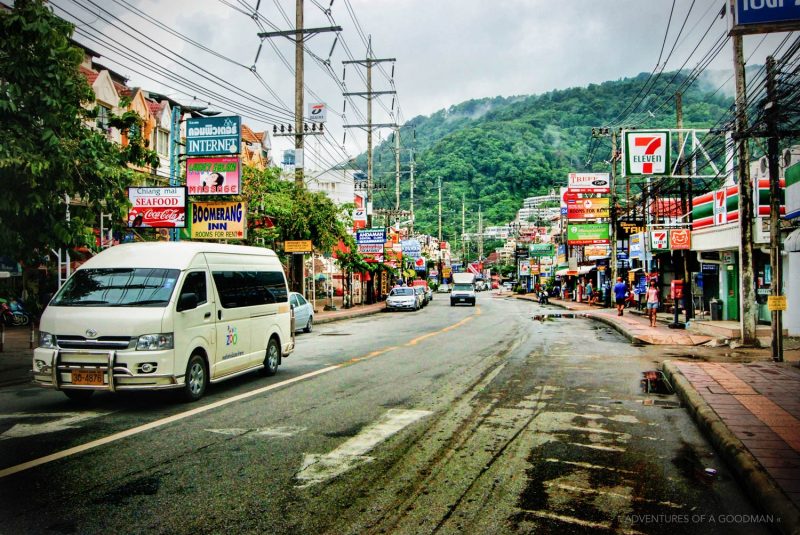
Conclusion
Traveling across Thailand by bus and train offers digital nomads the perfect balance of work and adventure. With easy-to-navigate transportation networks and beautiful destinations to explore.
Thailand’s transportation system makes it easy to enjoy all the country has to offer. It gives you a chance to relax on the beaches of Phuket, explore the historical sites of Ayutthaya, or work from a cafe in Chiang Mai.
EXPLORE SOMEWHERE NEW
BUY A PRINT
All photos on this site are available as limited edition fine art photographic prints. Please get in touch for sizes and rates.



